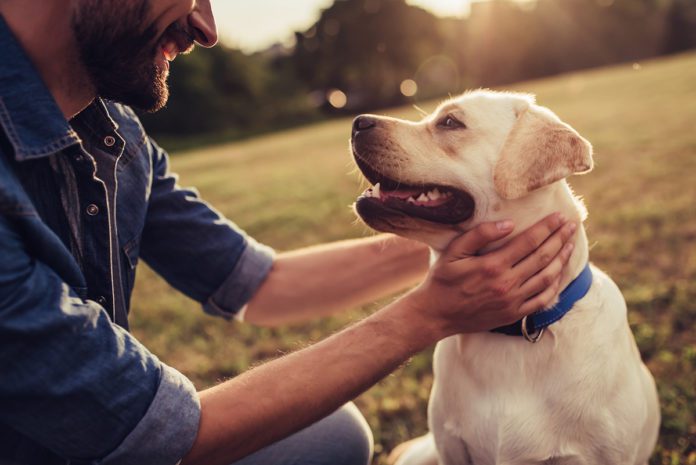One of the biggest responsibilities as a dog owner is making sure that you keep up with your dog’s health and needs. From making sure they get proper nutrition to adequate exercise, and of course, plenty of love and cuddles, dogs are truly man’s best friend and deserve only the best in all aspects of their lives. However, a big care aspect that many dog owners tend to overlook is the health of their dog’s fur coat. A healthy coat on a dog is shiny, sleek, and smooth, not brittle, patchy, and coarse. Therefore, if your dog is experiencing an itchy, dull, and rough coat, it may be time to make some lifestyle adjustments.
With that said, in this article, we’re going to go over a complete guide to improving your dog’s coat. We’re going to cover the essentials of nutrition, adequate grooming, helpful supplements, and some additional key tips to help your dog’s coat become healthier and softer with just a few lifestyle adjustments. Let’s get started.
What Causes Dog Coats to Fade?
To start, when it comes to the question of what causes a dog’s coat to fade, there, unfortunately, isn’t just one simple answer. For most dogs, their coats will naturally begin to show signs of fading as they get older as a natural part of their life cycle. However, other dogs may experience fading in their coats if their internal or external health is neglected for long periods of time. Because of this, it can make it difficult to diagnose the true cause of your dog’s lackluster coat without the help of a professional. With that said, a few common of the most triggers that cause a dog’s coat to fade typically includes:
- Hormone imbalances
- Metabolic or digestive issues
- A lack of proper nutrients or malnutrition
- A lack of proper grooming
- Allergies
- Stress
- Illness
And more. Of course, there are other aspects that could cause your dog’s coat to fade that could prove to be more severe than others. Therefore, it’s best to talk to your veterinarian for the proper diagnosis of your dog’s cause and symptoms in order to find the most accurate and beneficial treatment for your dog’s individual case.
How to Make Your Dog’s Coat Shiny
Now that we’ve gone over some of the key triggers that can cause your dog’s coat to fade, we’re going to share with you a list of simple ways to help prevent your dog’s coat from fading. From food to supplements to grooming, and coat-friendly DIY treatments, let’s get started with a complete guide to improving your dog’s coat quickly and easily.
Diet
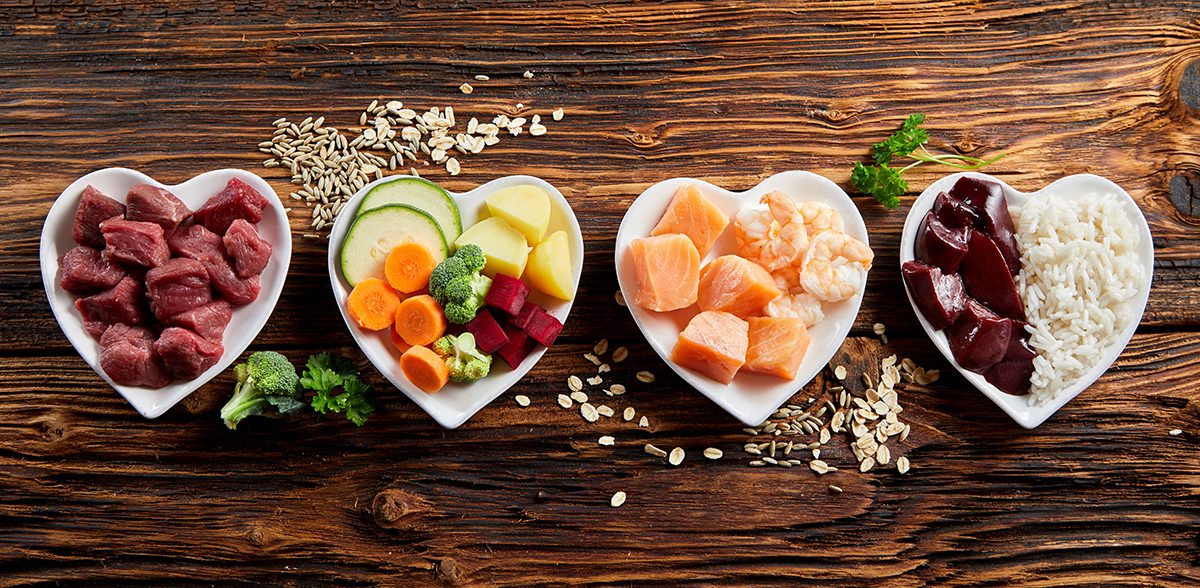
To start off, the most important thing above all else for keeping your dog’s coat healthy is to make sure you’re feeding your dog only the best ingredients. Unfortunately, just like many foods that humans eat, not all dog foods are made with natural or high-quality ingredients that will benefit your dog’s health in the long run. In fact, many of the common dog food brands on the market today are known to contain artificial colors, preservatives, and flavors, and or even unsafe ingredients that can be harmful to your pet’s health. Not to mention, they offer no nutritional value and can trigger severe allergic reactions in some dogs, including itchy fur.
With that said, you’ll want to look for only the most natural and quality ingredients to feed your dog. Here’s a list of some foods and ingredients to consider.
Fresh food and high protein
Starting off, the first key ingredients you’ll want to make sure your dog is getting in their diet are fresh food and lean protein. It is a fact that dogs need a high protein diet in order to thrive, so making this a priority is essential for them to grow healthy, smooth, and shiny fur. With that said, most dog foods these days are artificially preserved kibbles that provide no nutritional value and can actually do more harm than good. However, fresh food, on the other hand, is full of vitamins, healthy fats, protein, minerals, and zero preservatives, making it the prime option to give to your dog.
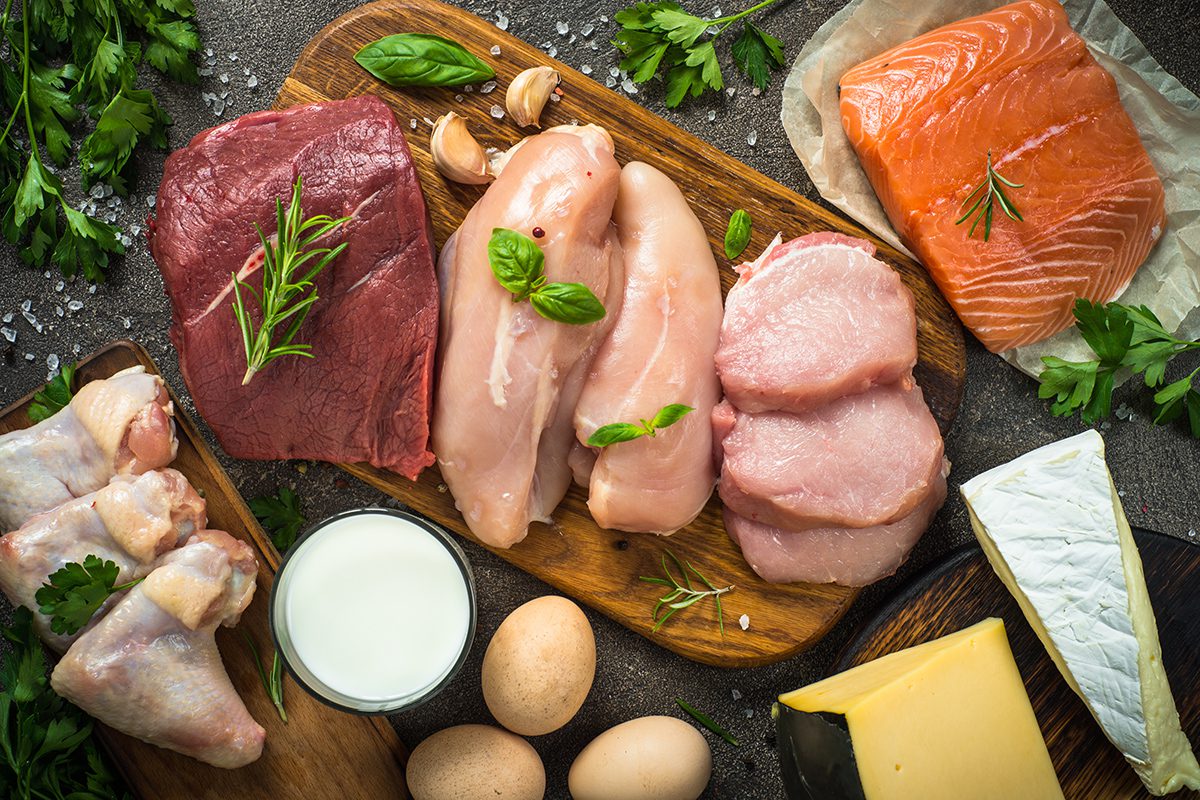
With that said, a few key ingredients you’ll want to feed your dog to maintain their overall health include:
- Meat such as turkey, beef, or chicken
- Fish such as salmon or tuna
- Quality organ meat such a liver
- Vegetables such as leafy greens, carrots, peas, and sweet potatoes
- Healthy oils such as fish oil, flaxseed oil, and olive oil
With that said, however, you’ll also want to make sure you avoid ingredients such as:
- Corn and wheat gluten
- Grain meal
- Meat meal
- Corn syrup
- Sweeteners
- By-products
- Soy
And more, as these are all considered to be lower quality ingredients that can negatively impact your dog’s health and trigger severe allergies. Therefore, make sure you check ingredients labels and skip the artificial foods at all costs if you want to give your dog the healthiest diet possible, which will also help to greatly improve the quality of their coat in the long run.
Omega Fatty Acids
Next, just like people, dogs can benefit greatly from a diet rich in omega fatty acids, such as omega-3 and omega-6. This is because omega fatty acids are excellent for improving your dog’s overall health and can contribute to a healthier coat by deeply nourishing the skin and relieving itchiness and flakiness. Not to mention, they are also rich in anti-inflammatory properties and are known to be able to help relieve allergies and pain.
With that said, since fish are a natural source of omega fatty acids, you may want to try feeding your dog fresh sardines or salmon in order to help boost the quality of their coat. Otherwise, you can also get omega-3 in the form of a supplement. However, make sure you talk to your vet prior to changing or adding supplements to your dog’s diet, as these may not be the best option for your dog specifically, and dosage amounts may be different per dog. Therefore, just to be safe, make sure you consult your trusted vet before you take any action in diet changes.
Healthy treats
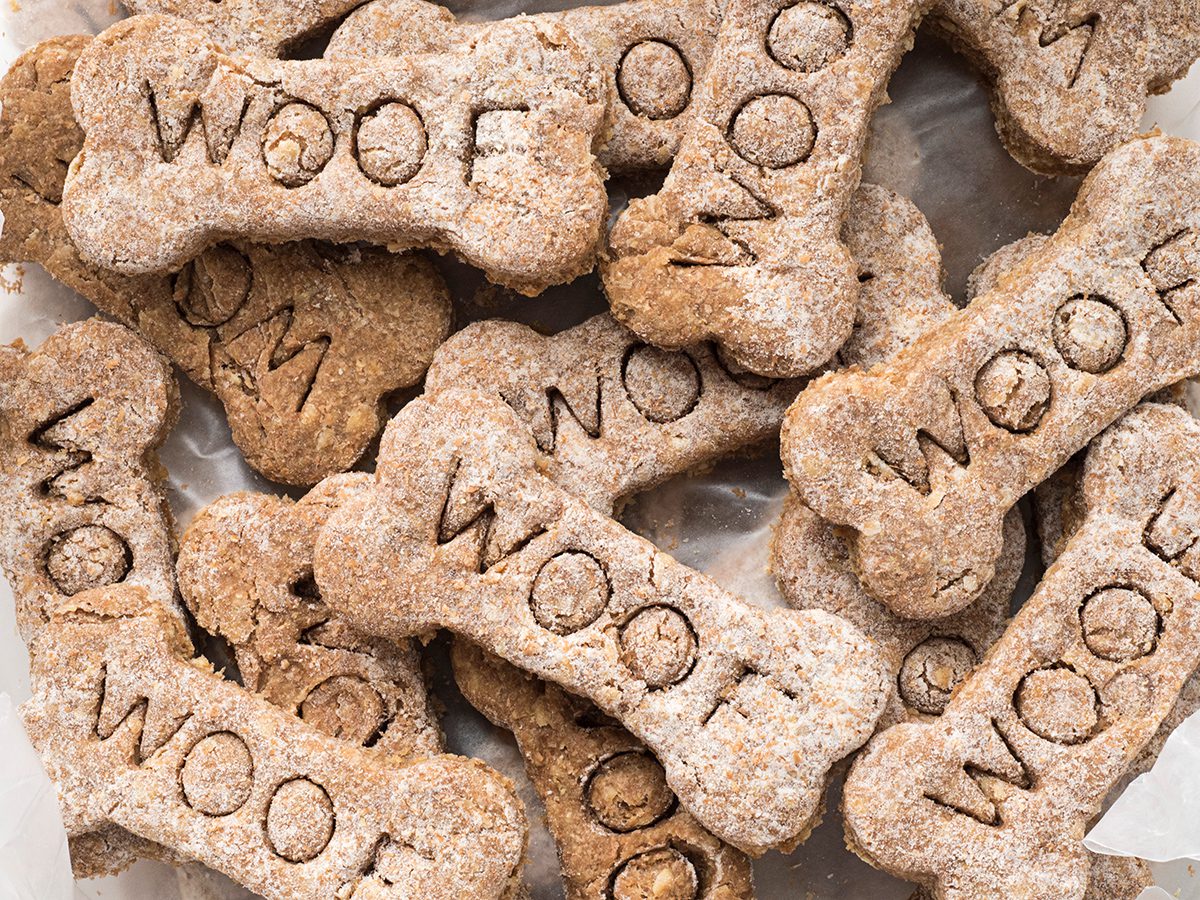
And lastly, to go along with a proper diet for your dog, you’ll also want to make sure you keep up the “good ingredient trend” going when it comes to giving your dog treats. With that said, make sure to select healthy, natural, and organic products that use high-quality ingredients instead of artificial colors, sweeteners, and flavors. For this, CBD treats are a very popular choice, as it has been known to reduce itchiness, calm the skin, as well as provide essential nutrients, such as omega-3 and omega-6 fatty acids. Not to mention, CBD can also help dogs manage anxiety and stress and even relieve joint pain in older pets, which is a huge plus on top of its other benefits.
Therefore, make sure you talk to your vet about trying out CBD oil or CBD-infused treats to determine if they are the best treatment option for your pup. You can also read more about the effects of CBD oil on the overall health of your dog and its fur quality here on innovet.com.
Supplements
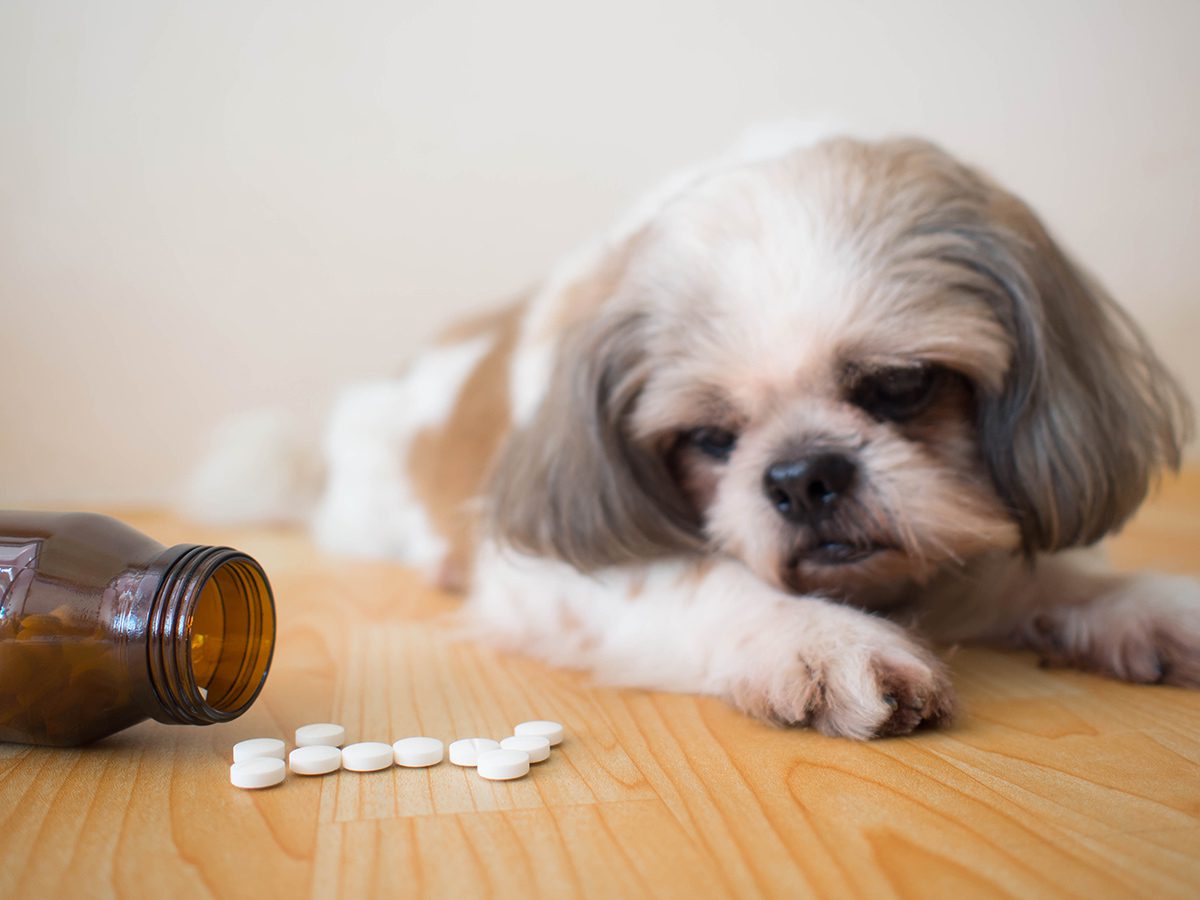
Next, another great way to help keep your dog’s coat healthy is with some dog-friendly supplements. Since a lot of dog foods don’t contain many essential ingredients that dogs need to be healthy, supplements are a great way to make up for it. With that said, if you want to try out supplements to improve your dog’s coat, keep an eye out for the following:
- Zinc
- Omega 3
- Flax oil
- B Vitamin
- Vitamin A
- CBD oil
And more. For herbal supplements, you can also try spirulina or horsetail, as these are commonly believed to be able to improve the consistency of your dog’s fur as well as improve the health of their skin overall.
However, as always, while supplements have their perks, there can also be side effects as well as a diet with too many of these ingredients, which can have a negative effect on your dog. With that said, make sure you talk to your vet before giving your dog supplements to ensure it is truly the best option for your pup.
Grooming
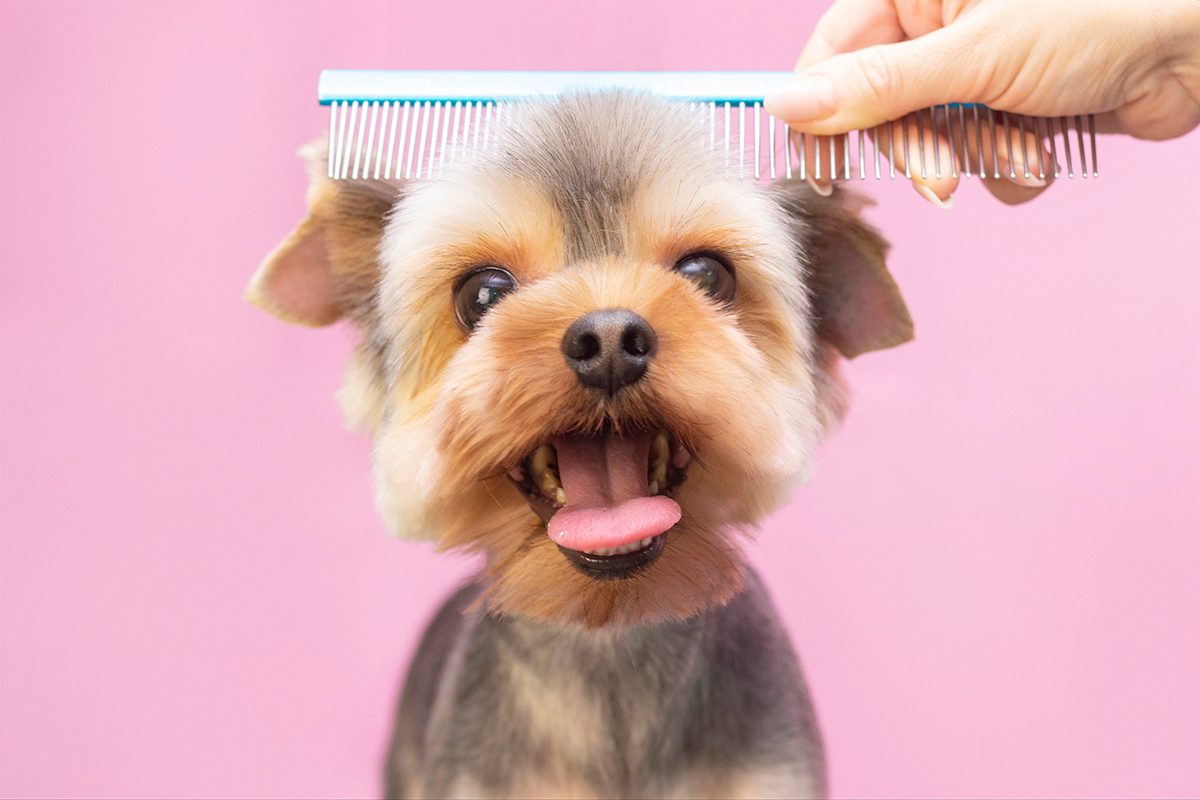
Next, aside from a nutritious diet, the quality and frequency of your dog’s grooming routine also play a significant part in the overall appearance of their fur. With that said, here’s a quick guide to some key steps you may want to start including in your dog’s grooming routine.
Brushing
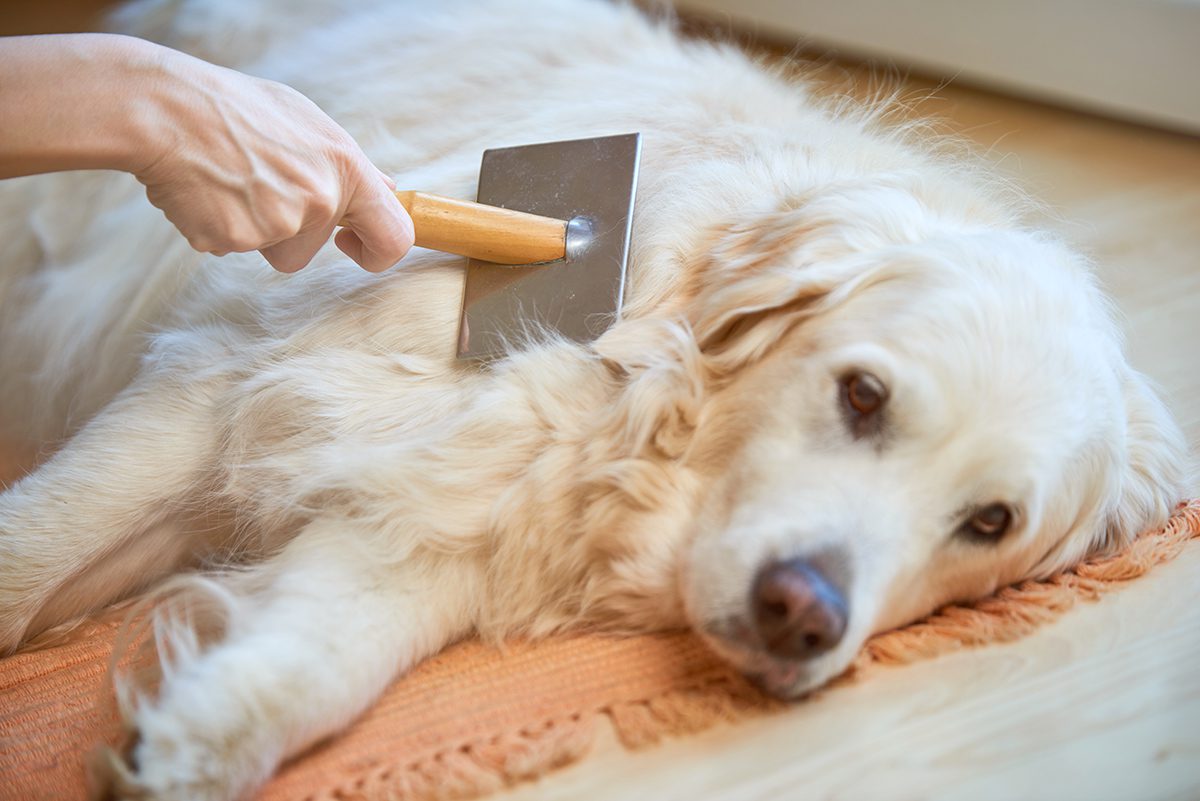
To start, brushing is a key grooming technique that should be incorporated into every dog’s routine. This is because weekly brushing can help to prevent matted fur, remove dead skin cells including dandruff, dirt, debris, and even parasites, as well as help to promote proper circulation to the body, which can assist in healthy hair growth. Not to mention, brushing actually helps to better distribute natural skin oils such as sebum across the body and along the hair shafts, which can help to better regulate healthy hair growth as well as moisturize the fur for a shinier and softer appearance.
With that said, you’ll want to make sure you set aside plenty of time to brush your dog a few times each week, no matter the length of their fur, to help keep their coat as healthy, smooth, and shiny as possible.
Trimming
Next, in addition to brushing your dog regularly, you’ll also want to make sure you keep up with other grooming activities, such as hair trimmings. While most short hair dogs don’t require trimming, long-haired and curly-coated dog breeds need frequent trimming every few weeks to keep their coats healthy and clean. With that said, regular trimmings around the face, ears, groin, and paws every 4-6 weeks is a great way to help keep your dog’s fur healthy and smooth.
On top of this, nail trimmings are also extremely important for maintaining your dog’s overall health, as well as the health of their coat. This is because when a dog scratches at their skin with long and ragged nails, it can greatly damage their hair follicles, resulting in infection, patchy fur, and hair loss. Therefore, make sure you keep your dog’s nails neat and tidy to give them their best chance at maintaining their health and achieving a flawless coat.
Bathing
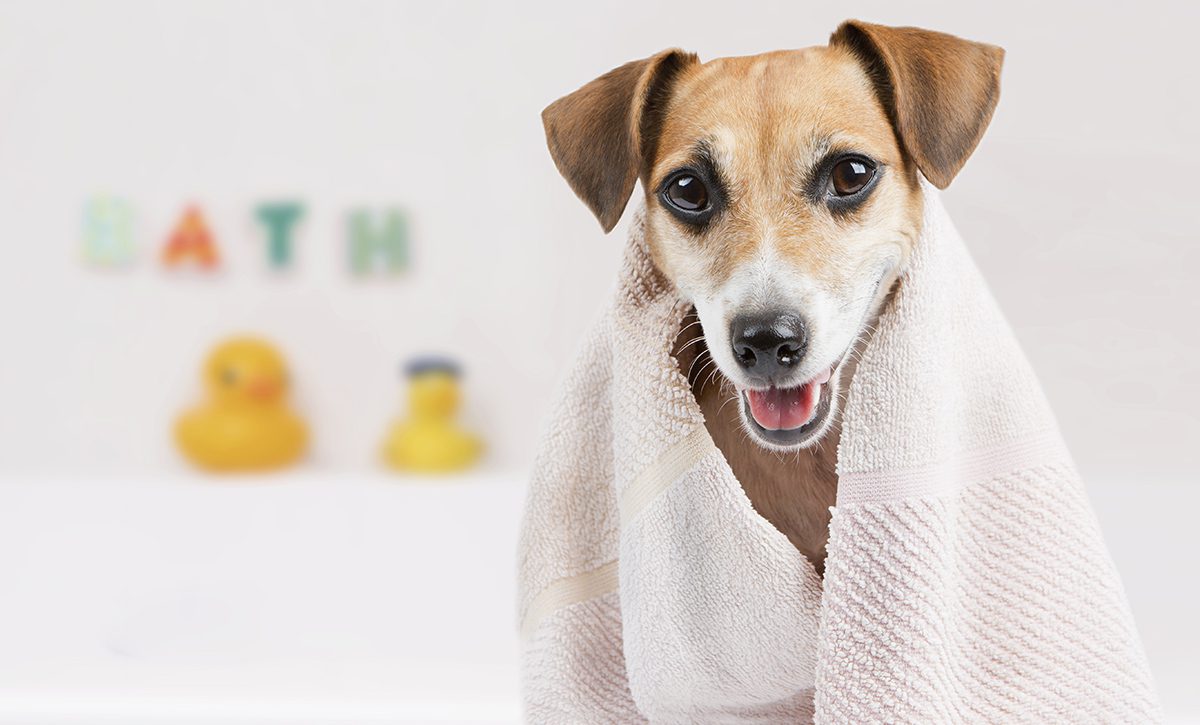
And lastly, alongside haircuts and brushing, you’ll also want to make sure you bathe your dog regularly to help maintain the quality of their coat. Regular baths can not only help to cleanse away built-up dirt, debris, and oils but can also help to balance your dog’s natural pH levels, as well as supply their skin with essential nutrients to grow longer, softer, and healthier fur. With that said, a general recommendation given by vets is to bathe your dog once a month, as this will help to keep your dog’s fur clean without stripping away essential oils, leaving your dog’s fur overly dry.
With that said, it is essential that you also make sure that you use a shampoo that is specifically made for dogs. This is because dogs have a different pH level than we do; therefore, using a shampoo that is made for humans can greatly disrupt the natural oil production of their skin, causing itchiness and excessive drying. Because of this, it’s best to opt for a dog-specific shampoo from the pet store that is packed with vitamins and minerals that can help with making their coat shinier.
Natural Treatment Option
On the other hand, if you aren’t a fan of the dog shampoos of today and are looking for a more natural solution instead, an oatmeal bath is a great option and can help to not only soothe your dog’s skin but also help to return life back to your dog’s coat. Not to mention, it can also be good for dogs with allergies, thanks to its gentle and soothing properties.
For this, all you need to do is grind down oatmeal powder into a bath and allow your dog to soak for around 10 minutes. After this, you can gently scrub your dog off and then rinse them off, and you’re all done. Simple, right? Truly, oatmeal baths are one of the most gentle, natural, and soothing baths you could ever give your dog and come highly recommended by many dog owners and vets alike.
Additional Tips
And finally, on top of the treatments and supplements mentioned above that you can use to try to help improve your dog’s coat, here are a few additional tips and tricks that may also help you to improve your dog’s coat.
1. Protection from the environment
To start off, the first tip is to make sure you’re also protecting your dog from environmental elements. Surprisingly, what many pet owners don’t know is that just like people, natural things such as sun, rain, snow, and extreme temperature changes can all have a negative effect on your dog’s skin and coat, leaving it dry, flakey, and brittle. Therefore, limiting the amount of time your dog spends in intense weather patterns is a great idea. This includes:
- Providing your dog with a safe, clean, and dry environment to play in whenever possible
- Reducing long exposure to direct sun, as this can quickly dry out their coat
- Protecting your dog’s paws and coat from rain, hail, and snow
- Staying in on rough weather days
And more. With that said, there are also plenty of companies that make dog-friendly care products to protect from environmental stresses, such as sunscreen, paw covers, and protective clothing for dogs. You can read more about this, and other environmental protection products and ideas for dog’s here on akc.org.
2. Flea preventative
Next, another great tip that can greatly benefit your dog’s coat is to consider a flea preventative. Fleas and ticks irritate your dog’s skin like no other, which can make your pup scratch and bite at himself, ultimately damaging their coat and increasing their risk for ingesting problematic parasites, such as tapeworm.
With that said, there are a lot of great options for helping to prevent fleas and ticks on your dog, including flea collars, topical solutions such as apple cider vinegar and probiotics, or medications and pills. However, you can also take precautions by regularly checking your pet’s fur, keeping up on baths and other grooming treatments, as well as properly maintaining any outdoor area where your dog hangs out to reduce its risk of attracting fleas.
With that said, since each flea treatment is so unique, it’s always best to talk to your veterinarian to figure out which solution is best for your dog, as fleas can be one of the most stubborn things to treat.
3. Talk to your vet
And lastly, as we’ve mentioned throughout this article, because all dogs are different and have different needs depending on their age, weight, size, and diet, it’s best to check with your veterinarian for proper treatment, as they can better diagnose your dog’s individually. Not to mention, your vet may also be able to help to prescribe a more specific daily plan to follow to help improve your dog’s health quicker, as well as improve the look and feel of their coat in a shorter span of time.
Above all else, scheduling regular vet appointments is a great way to keep an eye on the health of your dog. Therefore, make sure to check in with your vet a few times a month to monitor your dog’s health as closely and professionally as possible to get them on their way to their happiest and healthiest life.
Conclusion
In conclusion, there is no quick or easy way to make your dog’s coat healthy and shiny overnight. However, making the proper adjustments in your dog’s daily life with adequate nutrition and regular grooming can greatly assist with a gradual improvement of your dog’s coat and overall health as time progresses. Overall, we hope that this article has helped you to better understand what causes your dog’s coat to fade as well as how you can make daily changes to your dog’s routine to help improve it and bring it back to life.
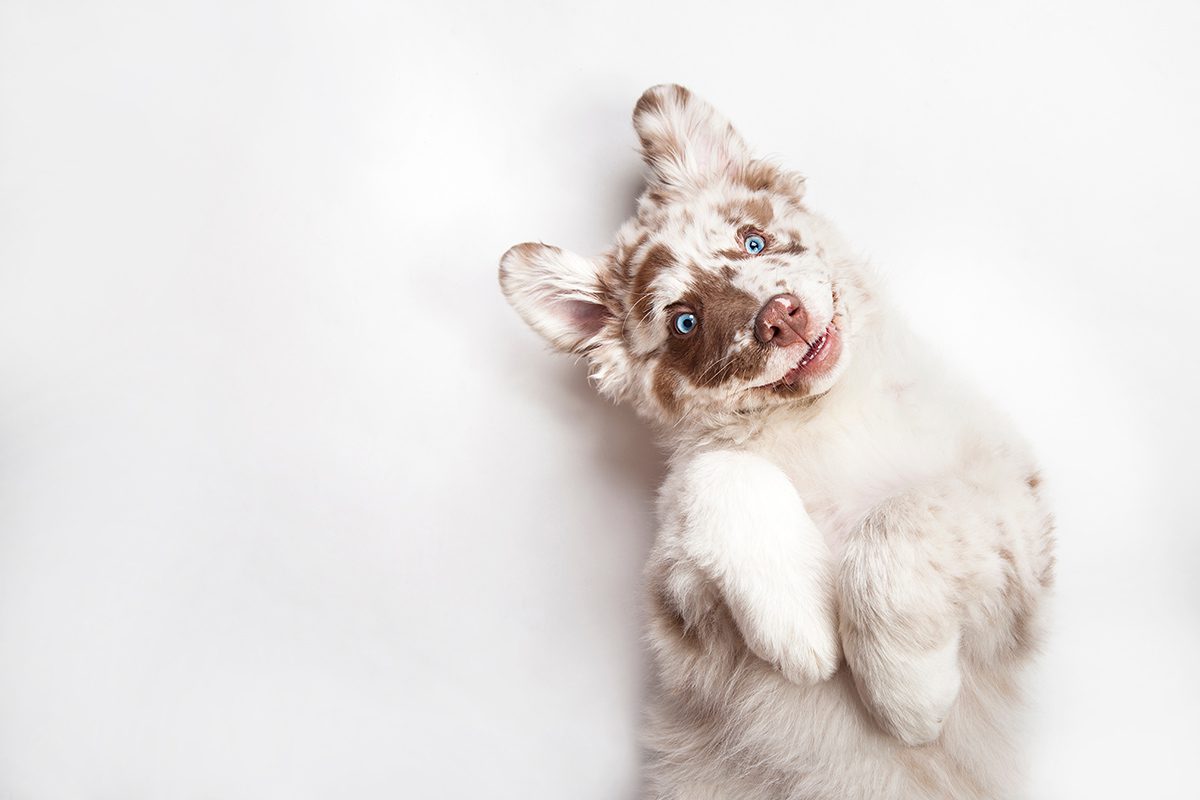
Sources:
https://pets.webmd.com/dogs/guide/dog-nutrition-for-a-healthy-coat#3
https://sitstay.com/blogs/good-dog-blog/3-simple-tips-to-a-healthy-dog-coat
https://www.bubblespetspa.com/blog/shiny-dog-hair-tips/
https://topdogtips.com/improve-dogs-skin-coat-health/
https://pupford.com/improve-dogs-skin-coat/
https://iheartdogs.com/6-natural-ways-to-improve-your-dogs-coat-reduce-shedding/
https://www.petcoach.co/article/5-ways-to-improve-your-dog-s-skin-coat/


